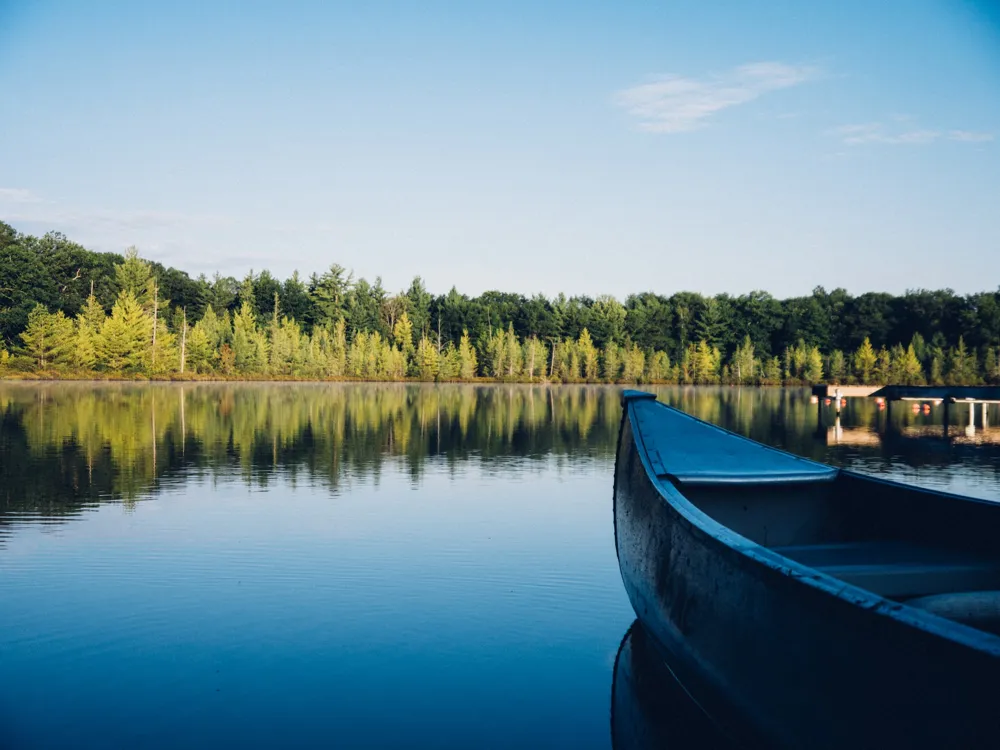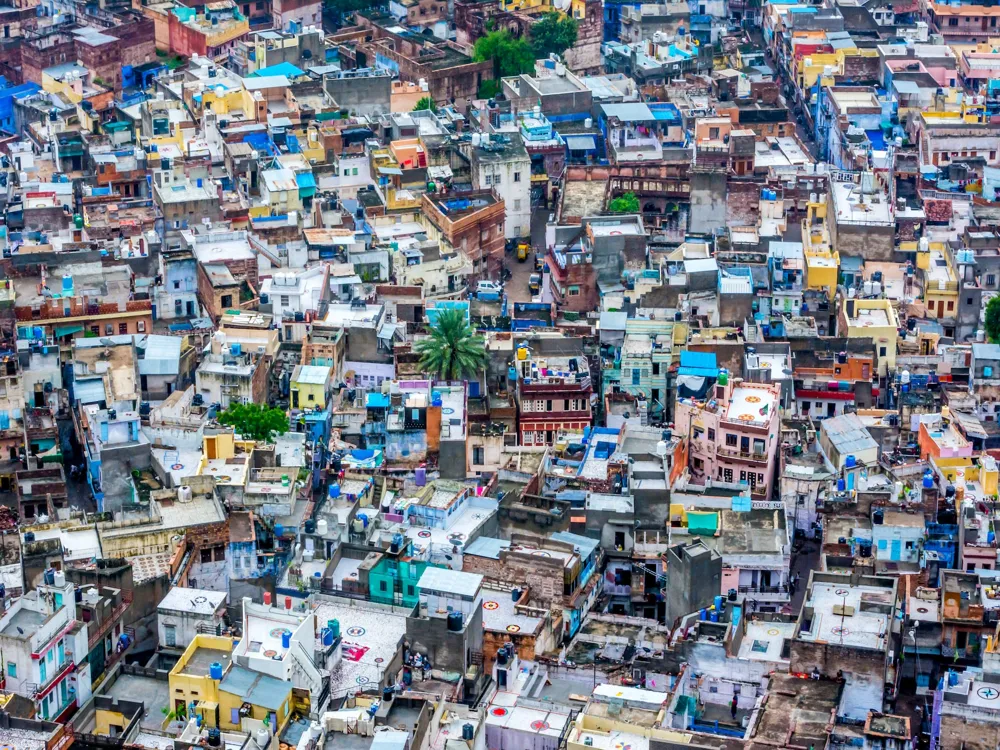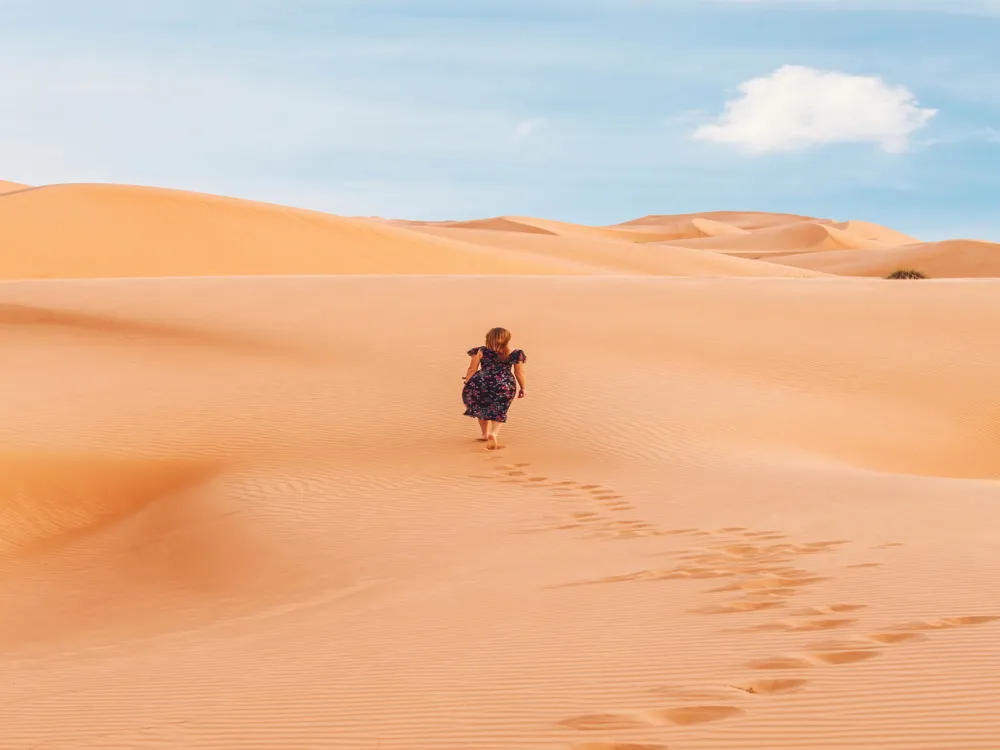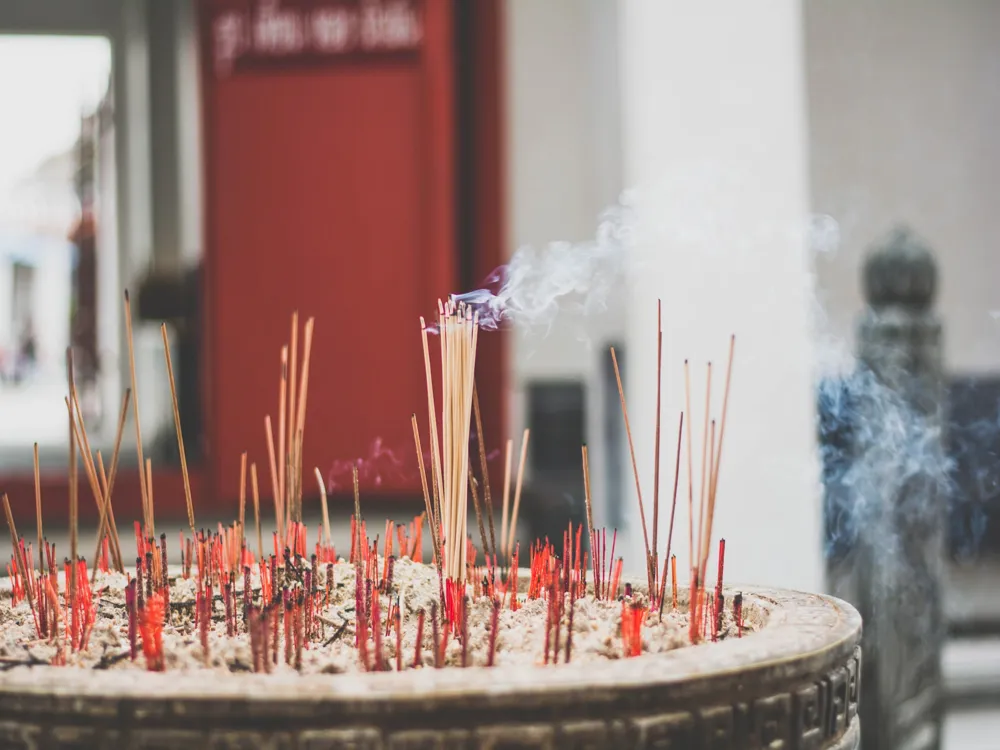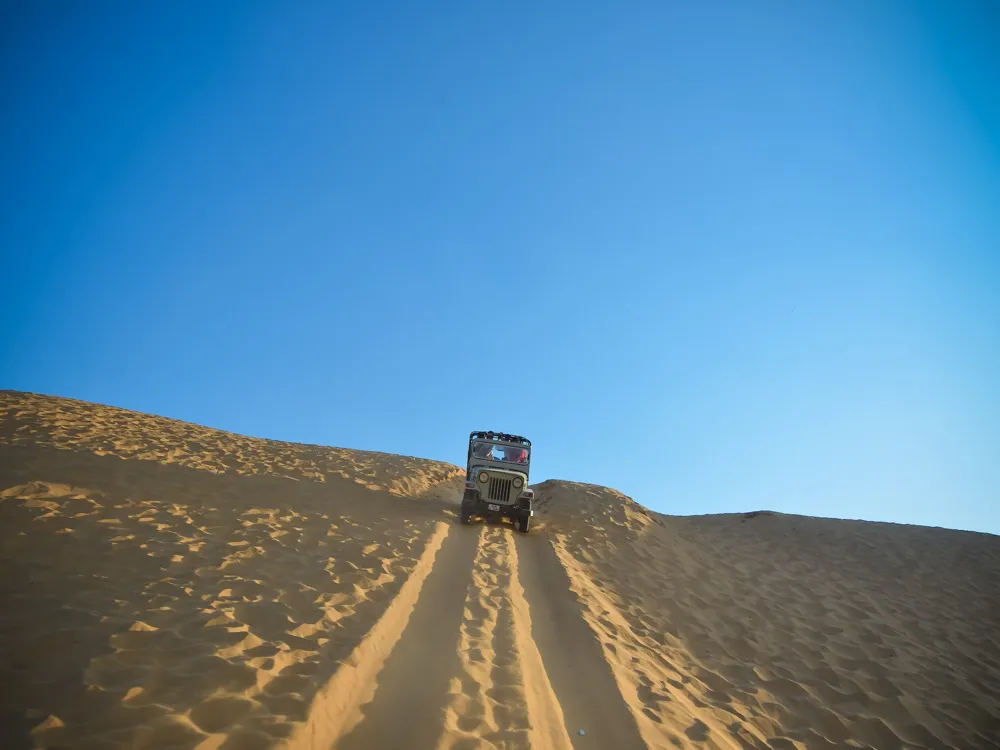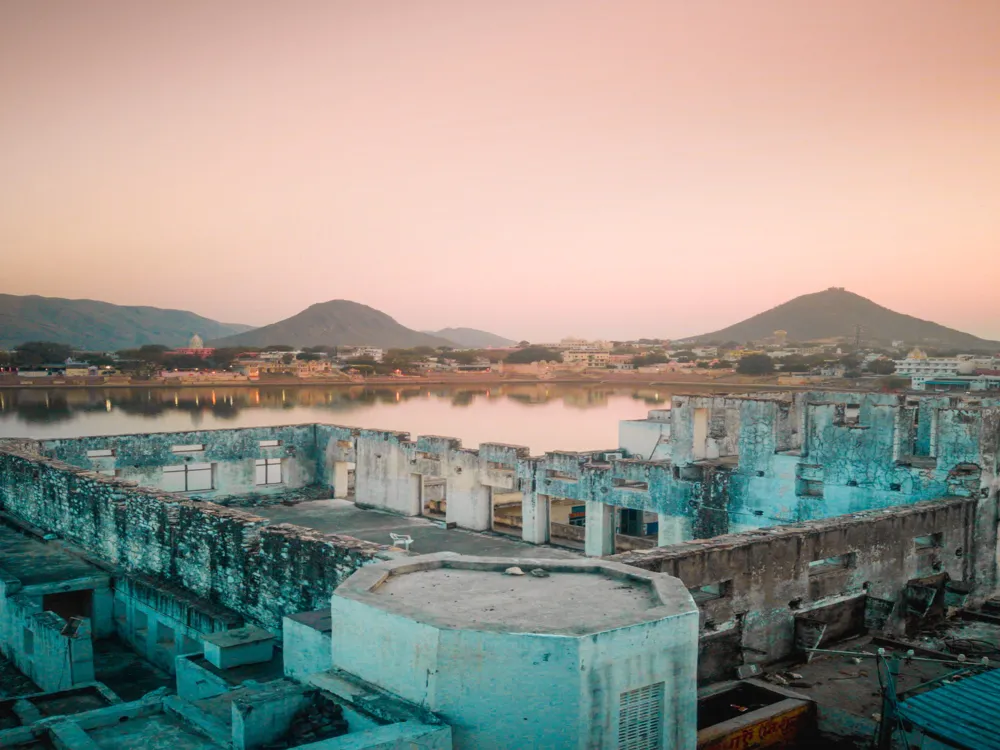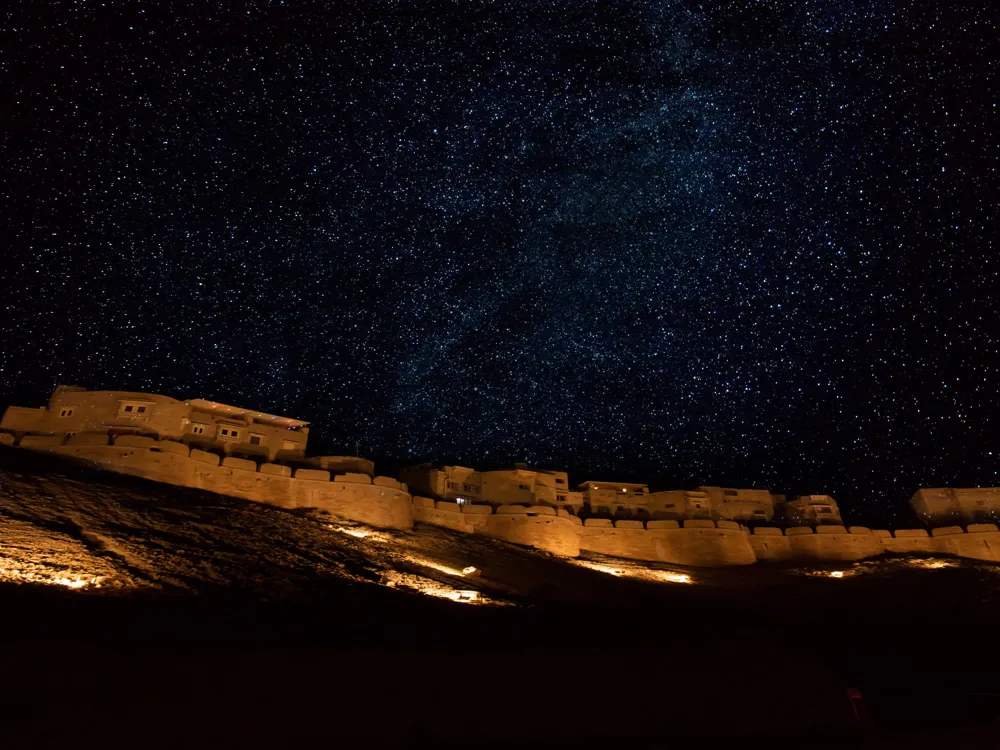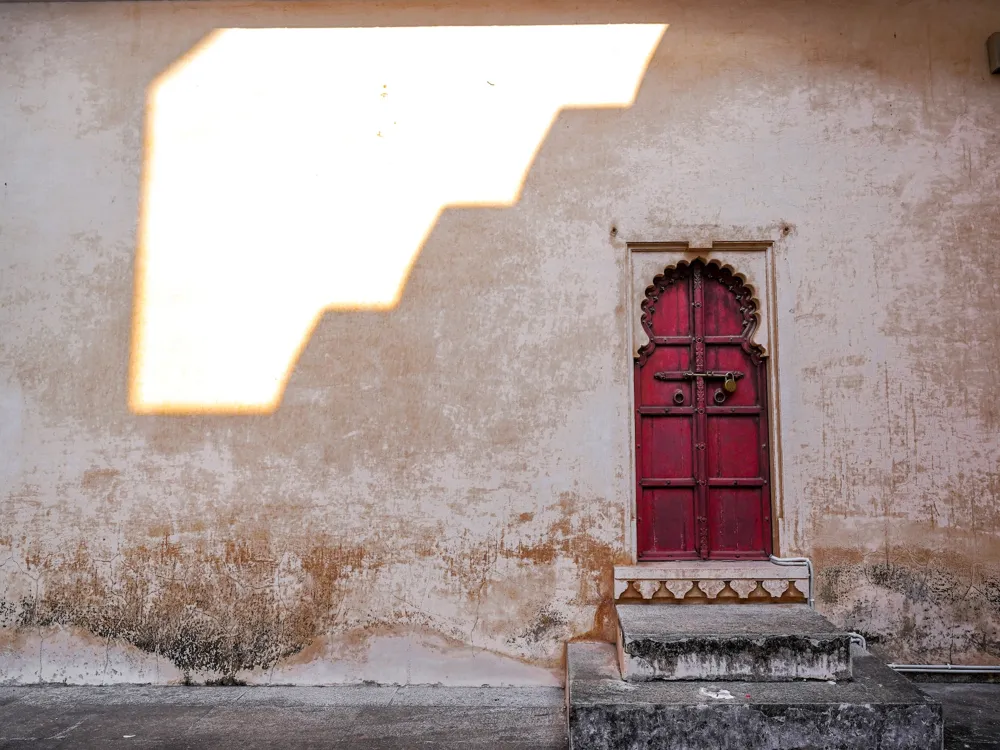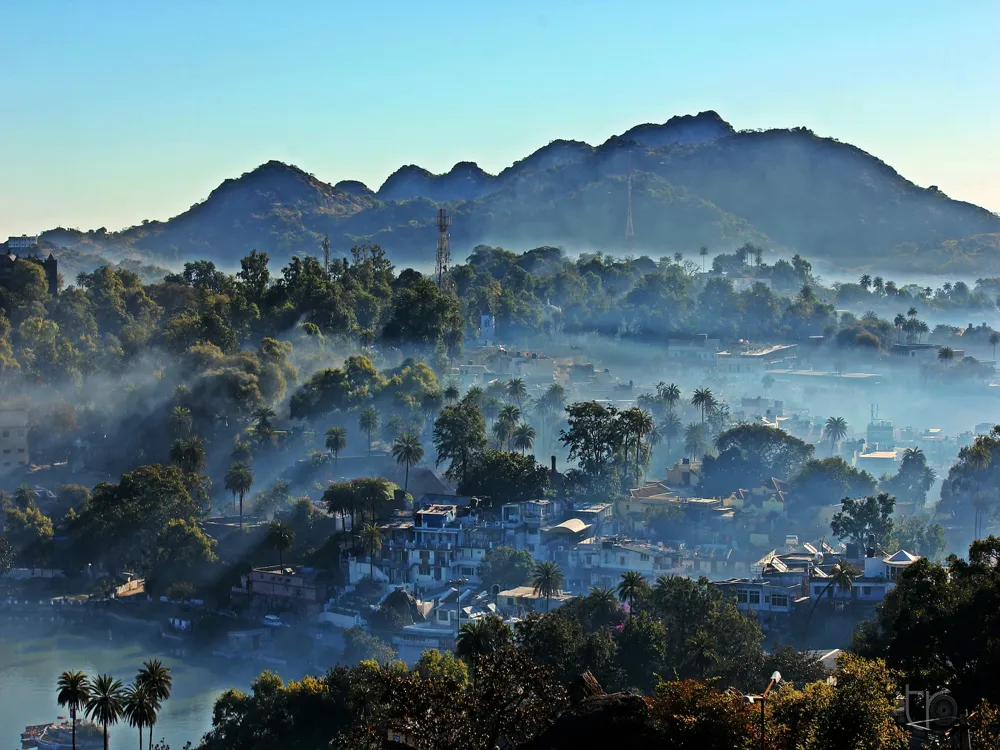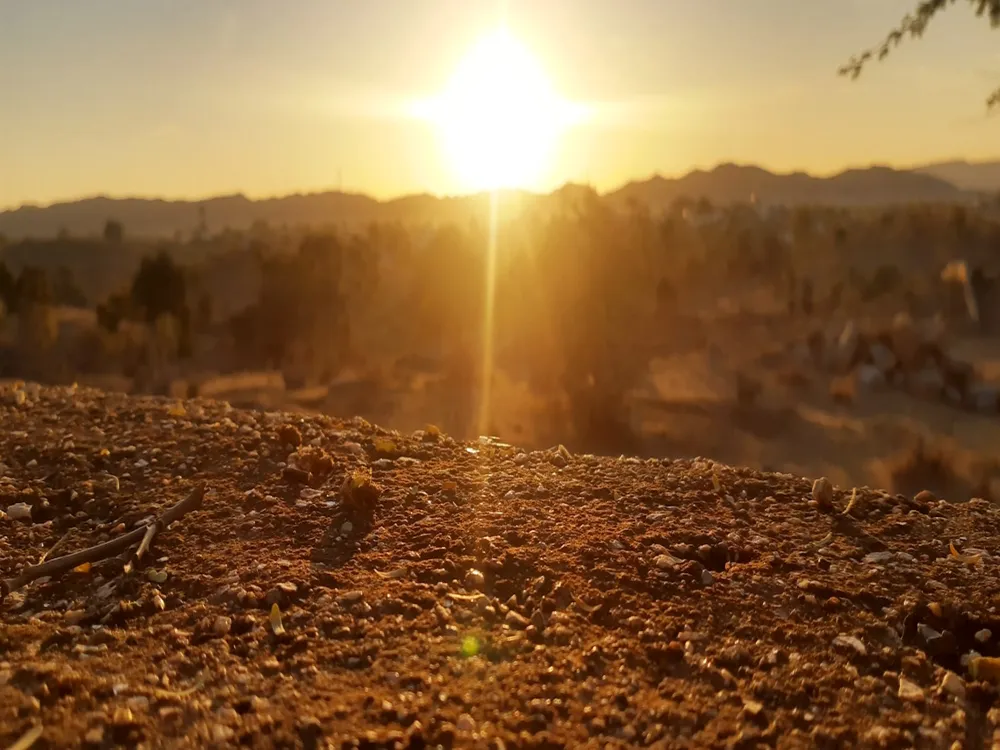Toorji Ka Jhalra, also known as Toorji’s Step Well, is a stunning example of ancient Indian architecture located in the heart of Jodhpur, Rajasthan. Built in the 1740s by the queen-consort of Maharaja Abhay Singh, Toorji Ka Jhalra is a testament to the ingenuity and skill of ancient craftsmen. The step well was designed not only as a source of water but also as a gathering place for the community. Over the centuries, it has withstood the test of time and now stands as a proud remnant of Jodhpur's rich history. The well is intricately carved from sandstone and is an architectural marvel. It descends approximately 200 feet into the ground, with numerous steps leading down to the water level. The symmetrical stairways are adorned with numerous lion sculptures, which are believed to be guardians of the well. Each level of the step well offers a unique view of the detailed carvings and architectural designs that are characteristic of Rajasthani craftsmanship. The structure not only served a practical purpose but also was a significant social hub in its heyday, hosting various community events and rituals. The architecture of Toorji Ka Jhalra is a fine example of the blend of Rajput and Mughal styles that is typical of Jodhpur's historical structures. The step well is a complex structure with multiple levels, each marked by intricately carved pillars and pavilions. The design reflects an understanding of the region's arid climate, with the well acting as a rainwater harvesting system. The lower levels remain cooler, providing respite from the desert heat. The ornate carvings on the sandstone walls of the well depict various scenes from Hindu mythology, as well as images of animals and floral motifs. These carvings are not just decorative; they also tell stories and convey messages from the past. The craftsmanship is so precise and detailed that each carving seems to come alive. The use of local sandstone in construction not only gives it a distinctive color but also ensures its durability. It's best to visit Toorji Ka Jhalra during the cooler months of October to March. The weather is pleasant, making it easier to explore the step well and its surroundings. Visitors are encouraged to respect the historical significance of Toorji Ka Jhalra by not littering and avoiding loud noises. This helps in maintaining the sanctity of the place. For photography enthusiasts, the early morning light provides a magical glow to the sandstone, perfect for capturing the essence of Toorji Ka Jhalra. Wide-angle lenses are recommended to capture its grandeur. Toorji Ka Jhalra is located in the old city of Jodhpur, which is well-connected by road, rail, and air. The nearest airport is Jodhpur Airport, from where one can hire a taxi or take a bus to reach the old city. For those preferring train travel, Jodhpur railway station is the nearest, with good connectivity to major cities. Within Jodhpur, auto-rickshaws and cabs can easily take you to Toorji Ka Jhalra. The step well is within walking distance from several other tourist attractions, making it a convenient addition to any sightseeing itinerary. Read MoreOverview of Toorji Ka Jhalra in Jodhpur, Rajasthan
Architecture of Toorji Ka Jhalra
Tips When Visiting Toorji Ka Jhalra
Best Time to Visit
Respecting the Site
Photography Tips
How to Reach Toorji Ka Jhalra
Jodhpur Tourism
Toorji Ka Jhalra
Jodhpur
Rajasthan
₹ 12,000 onwards
View jodhpur Packages
Weather :
Tags : Historical Site
Timings : Any time of the day
Time Required : 1 - 2 hrs
Entry Fee : No entry fee
Planning a Trip? Ask Your Question
Jodhpur Travel Packages
View All Packages For Jodhpur
Top Hotel Collections for Jodhpur

Private Pool

Luxury Hotels

5-Star Hotels

Pet Friendly
Top Hotels Near Jodhpur
Other Top Ranking Places In Jodhpur
View All Places To Visit In jodhpur
View jodhpur Packages
Weather :
Tags : Historical Site
Timings : Any time of the day
Time Required : 1 - 2 hrs
Entry Fee : No entry fee
Planning a Trip? Ask Your Question
Jodhpur Travel Packages
View All Packages For Jodhpur
Top Hotel Collections for Jodhpur

Private Pool

Luxury Hotels

5-Star Hotels

Pet Friendly







